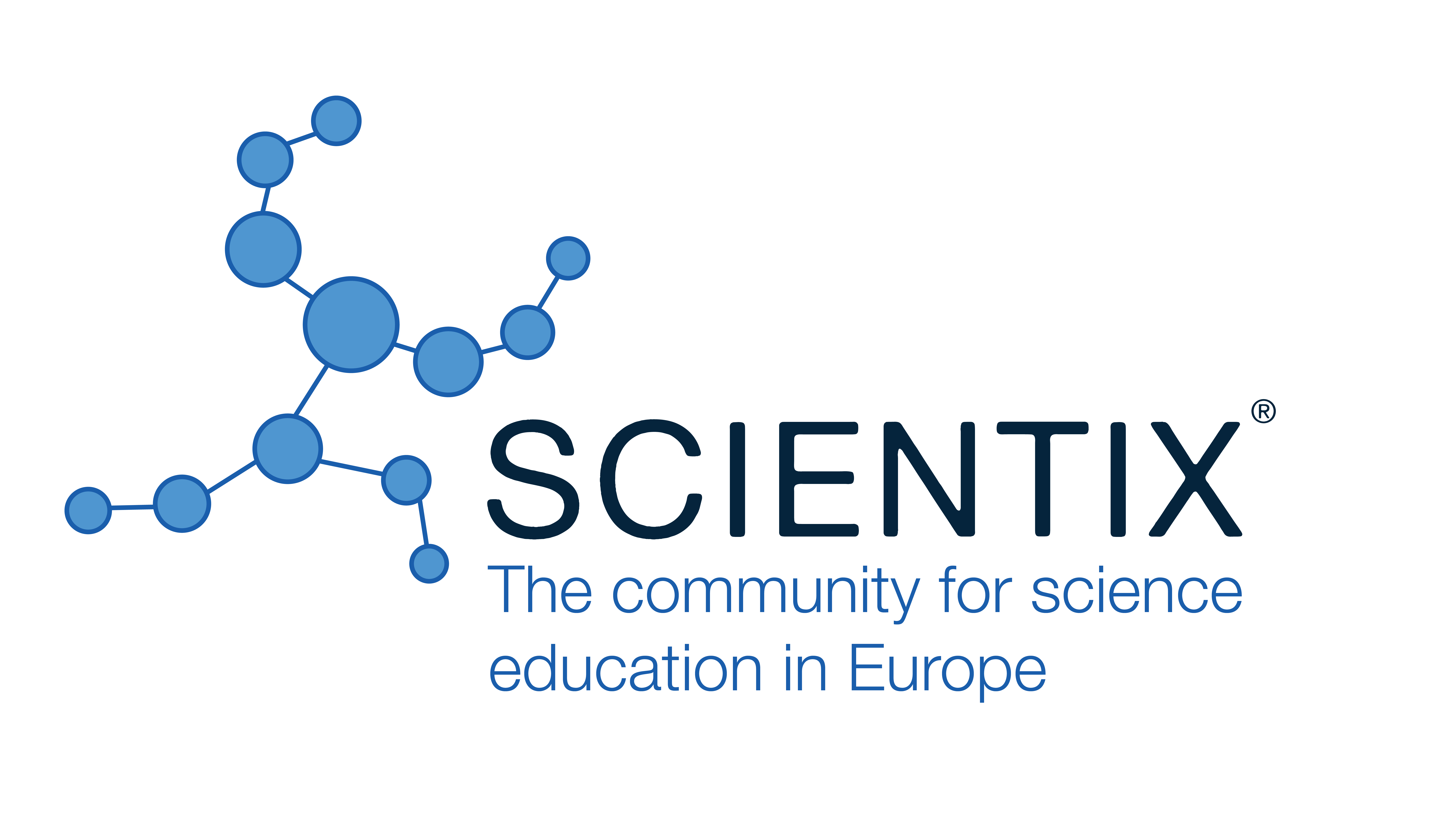Integrating AI Tools into Teaching Practice: Unleash the Potential of Your AI Co-pilot
Chaonan Xu, Xi’an Jiaotong-Liverpool University (China)
Abstract
In the rapidly evolving landscape of education, the integration of artificial intelligence (AI) tools has become increasingly significant. The teacher, who resembles the captain, possesses expertise, experience, and strategies in guiding learners through their educational journey. Meanwhile, the AI, serving as the co-pilot, provides valuable support, assists in navigating through teaching practice, and enhances the overall efficiency and effectiveness of the teaching and learning process. Similar to how a captain and co-pilot work in tandem to ensure a safe and successful flight, the collaboration between teacher and AI enables a synergistic approach to education, ultimately propelling learning to new heights. By embracing AI tools, teachers can unlock new dimensions of teaching and learning, enabling a more flexible, interactive, and impactful educational experience for students, therefore enhancing learning outcomes. This study will delve into the possibilities and benefits of incorporating various AI tools (e.g. ERNIE Bot, ElevenLabs, Classpoint) into classroom practice, assisting teachers in the journey of language teaching and learning in diverse and innovative ways. Through a combination of authentic examples and practical strategies, this presentation will provide insights into leveraging AI tools to optimize the pedagogical environment, foster increased student interaction and collaboration, and empower education into the future.
|
Keywords |
AI, learning and teaching, efficiency and effectiveness, interaction and collaboration |
|
References |
[1] Eager,B., & Brunton, R. (2023). Prompting higher education towards AI-augmented teaching and learning practice. Journal of University Teaching & Learning Practice, 20(5). https://doi.org/10.53761/1.20.5.02 [2] Su, J., & Yang, W. (2023). Unlocking the power of ChatGPT: A framework for applying Generative AI in education. ECNU Review of Education, 6(3), 355-366. https://doi.org/10.1177/20965311231168423
|
 The Future of Education
The Future of Education





























